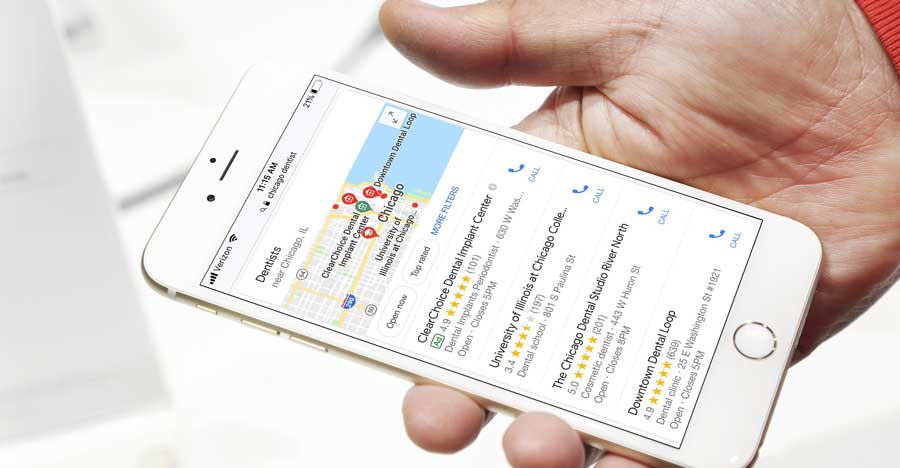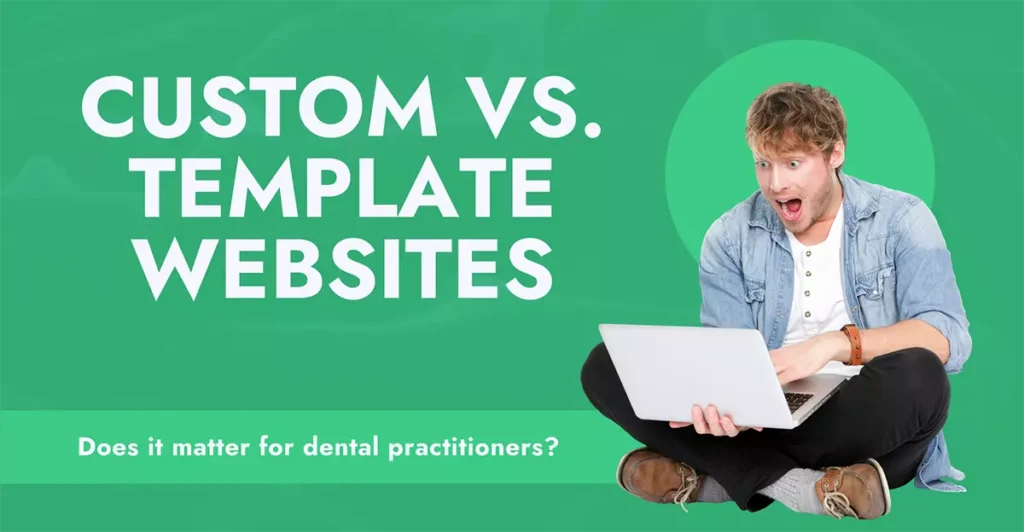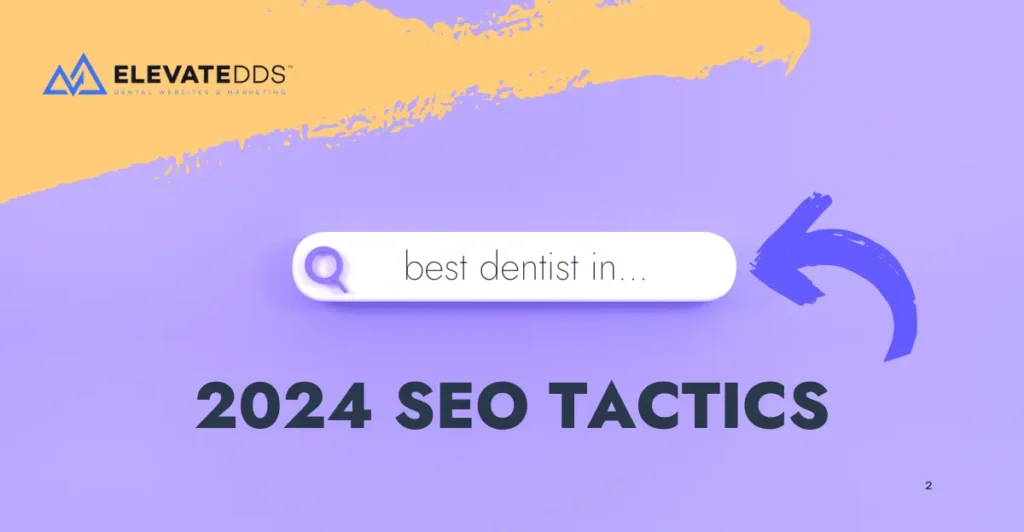Google Map Results Shakeup Nicknamed “Possum”

Over the past several weeks we have seen a bit of a shakeup in Google’s local results or “map pack” results. These are the location based results in Google that show up as a 3 pack when a person searches for something that is available locally. Google and the online marketing community (specifically SEO) like to nickname each new update that Google releases to their search algorithm. Google’s newest shakeup has been dubbed “Possum.” As to what the marsupial animal has to do with local search results is beyond me…

What I do know about the Google update, is that it has changed how local businesses will rank in local results. The update was made, in part, to combat many local spam listings, duplicate listings, and low-quality listings. You will also see substantial changes for location-based searches, meaning actual geographic locations of searches will see much different results. I’ll give you some further insights into the changes below, and what you can do to better position your business in search results.
The evolution of search results
Something we know for sure is that Google is never satisfied with their user experience. They are pioneers in their field and consistently test new ideas and make changes for the betterment of their users. Here’s a look at how search results have changed considerably in the past year alone.

The above image is the way Google displayed local search results prior to February of 2016. They have since moved away from any PPC ads being shown on the side of the results page on desktop. This created more competition for higher PPC placements due to fewer placements per page. It also increased organic search competition because there were now a couple more spots on the top and bottom of the results pages. Google left these type of results in favor of the below image. *Note color of “Ad” notation has now changed from yellow to green.

In another unrelated update last year, Google also moved away from showing up to 7 local search results in favor of only 3. You can click the dropdown to be taken to more local (map) results listings. This change made for a much stiffer competition for the top 3 spots in local listings.
Filtering out duplicate results at same location
One of the major changes with the “Possum” update is that Google has begun to filter out more affiliate results at the same locations. This is important when it comes to dentistry, as large practices could previously dominate search results by listing individual practitioners along with the business name.
For example, a large practice with 10 or more doctors could have a listing for the business, as well as a listing for each practitioner at the same location. Before the update, each practitioner had a good chance of showing high in results if the main business website had really good SEO value and each practitioner listed the main business website as their own. But who wants to see search results dominated by only one practice? Google’s business model is based on showing “top” business results and presenting the user with quality choices based on their keyword search.
It is still within the Google My Business Guidelines to allow multiple practitioner businesses to create an individual listing for each doctor. However, don’t expect each practitioner to dominate local results anymore.
Physical location of the searcher more important
The actual (physical) location of someone searching for a dentist is much more important now. Local search results will change quite a bit based on the location of the searcher.
For example, someone searching for “Roanoke VA Dentist” on a desktop might see something similar to the following results:

Pretty standard for local search results. However, once we start zooming in on the map to neighborhoods of Roanoke, the results change a bit to focus more dentists in the very near vicinity of the searcher.

As we now see from the above image, the results have changed quite a bit based on the central location of the map. This is just a sample from a desktop search outside of the Roanoke area. If one were to perform a search from their apartment in the Ingleside area, they would probably see variances in their results from the above image.
What you can do to better your business
You will start to see even greater competition with your neighbors. Those practitioners located closer to your business will be the most direct form of competition you will have in your market. This includes practices that might occupy storefronts in the same complex or shopping center. Google doesn’t want to display multiple businesses in an (almost) identical vicinity. So they are instead going to rank one practice over the other in local search results in these instances.
No matter how you look at your local market or direct competitors, the same best practices still apply for local SEO. You will want to ask questions like:
- Is my business name, address and telephone number accurate across all map listings and directory websites such as Yellowpages.com, locapages.com, Yelp, etc.?
- Am I doing enough to set my brand apart from competitors in local search? This includes things like optimizing your Google My Business page, adding office/staff images, office tours, mission statements, etc.
- Does my website include location data that Google knows about?
If you are unsure about your Google My Business listing and other directories, let us help. We can run a few tests to let you know where your website stands before you get started with any marketing company.
Thanks for reading and let us know how we can help!
Need to speak with an expert?
Maximize your practice's efficiency today by scheduling an appointment with one of our experts. We're standing by to help you in your journey of elevated practice growth.
Drop Knowledge
Share these Elevated Insights with your professional network.
Elevated Insights
Dive into our other blog posts featuring creative ways to elevate your practice and dominate your service area.



